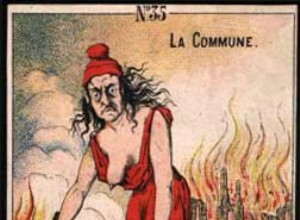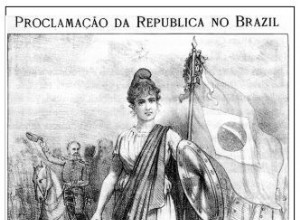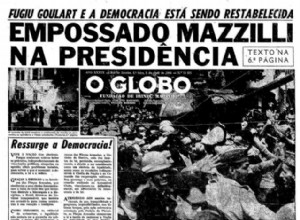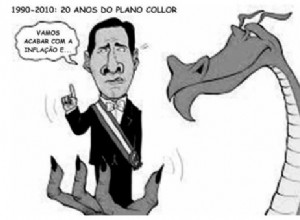question 1 (UFRS) Consider the following statements about the Paris Commune. I – It occurred as an immediate consequence of the crisis caused by the fall of Napoleon III and the consummation of the French defeat against Prussia in 1871; II – He presented important measures of a popular-progressive




